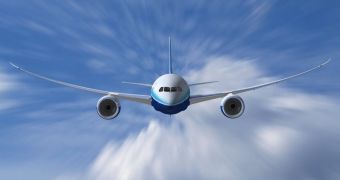Back in May 2010, Boeing announced an environmental cleanup and habitat restoration project along the lower Duwamish Waterway. One important step in the fulfillment of that commitment has now been made possible as the company’s Plant 2 is entering the restoration phase.
The American multinational aerospace and defense corporation took down the final steel support beams at the site that was formerly known as U.S. Air Force 17.
With this move, Boeing aims to create five acres of wildlife habitat. The company says that a half mile of shoreline will be restored to its natural habitat.
In addition, a resting area for migratory fish, such as salmon, will be developed, while more than 200,000 cubic yards of contaminated sediment will be excavated and replaced with clean material.
Also, more than 85 percent of the building will be recycled or reused, including steel beams, copper wiring, wood, and concrete. This will be done with the help of the U.S. Environmental Protection Agency (EPA) and the Washington State Department of Ecology. Finally, new stormwater treatment systems will operate at Plant 2 and North Boeing Field to prevent recontamination of the waterway.
The dredging and soil remediation at Plant 2 is currently expected to begin in 2012, followed by the shoreline and habitat restoration.
"We are committed to restoring habitat along the Duwamish and conducting environmental work that is vital to the ecosystem, nearby wetlands, the Puget Sound and to our community," stated Mary Armstrong, Boeing vice president of Environment, Health and Safety.
"This is the largest planned habitat restoration in the Duwamish Waterway, and it will provide an important ecological resource to improve Puget Sound fish runs," she added.
Plant 2, where B-17 and B-52 bombers were built, was over 75 years old. It was where 30,000 workers were building up to 300 planes a month during World War II and was the workplace of the women who were represented by Rosie the Riveter during the war.
The Duwamish Waterway was created in the early 1900s when a 9.3-mile (14.9-km) stretch of the waterway in south Seattle was straightened, dredged and transformed into a 5.3 mile-long (8.5 kilometer) navigational channel with deep-water port facilities.
In 1909, what was then the world's largest man-made island was built at the mouth of the waterway for industrial uses. Boeing began operations along the Duwamish Waterway in 1936. In 2001, the waterway was listed as a Superfund site by the EPA.

 14 DAY TRIAL //
14 DAY TRIAL //